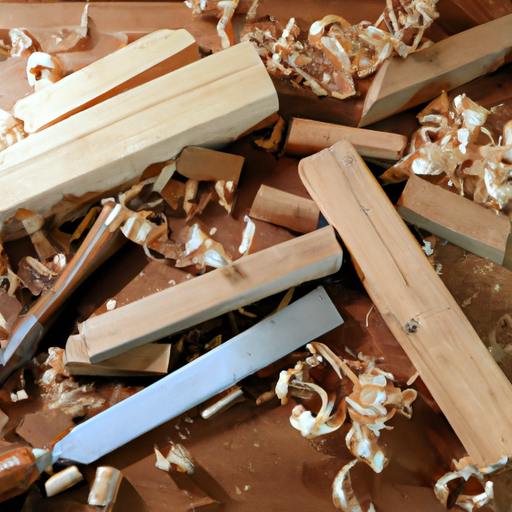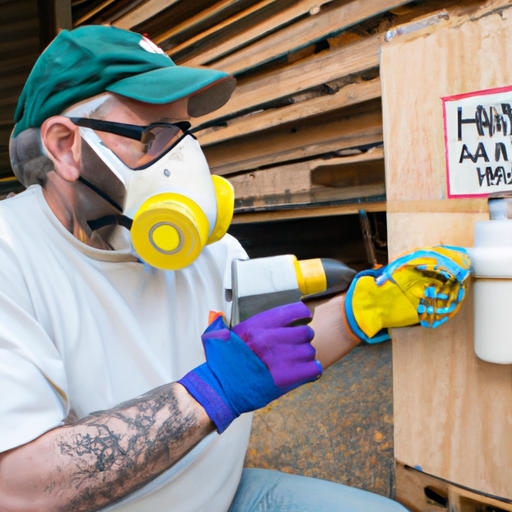Polyurethane is a versatile and durable polymer that has become an essential component in woodworking.
Its unique properties make it ideal for a range of applications, from finishes to adhesives.
Key Takeaways:
- Understanding the composition of polyurethane.
- The benefits of using polyurethane in woodworking.
- Different types of polyurethane products.
- Common applications in woodworking.
Understanding Polyurethane
Polyurethane is a synthetic resin formed by the polymerization of organic units joined by urethane links. It’s known for its flexibility, resilience, and durability.
1. Composition
Polyurethane is derived from the reaction between polyols (alcohol with multiple hydroxyl groups) and isocyanates. The resulting polymer can be tailored to be either rigid or flexible, depending on the requirements.
2. Properties
Polyurethane stands out due to its:
- Durability: Resistant to wear, tear, and environmental factors.
- Flexibility: Can be molded into various shapes and forms.
- Chemical Resistance: Unaffected by oils, solvents, and most chemicals.
Benefits in Woodworking
In woodworking, polyurethane offers several advantages that make it a preferred choice for many professionals and hobbyists.
1. Protective Finish
Polyurethane provides a protective layer that shields wood from moisture, scratches, and UV rays. This prolongs the life of wooden items and maintains their aesthetic appeal.
2. Enhances Wood Appearance
When applied, polyurethane can enhance the natural grain and color of the wood, giving it a rich and vibrant look.
3. Versatility
Polyurethane is available in various forms, including oils, water-based solutions, and sprays. This allows woodworkers to choose the best type for their specific project.

Types of Polyurethane Products
There are several types of polyurethane products available, each suited for different applications.
1. Oil-Based Polyurethane
This type is known for its durability and rich, amber finish. It’s ideal for surfaces that experience heavy wear, such as floors.
2. Water-Based Polyurethane
A more environmentally friendly option, water-based polyurethane dries faster and has a clear finish. It’s suitable for light-colored woods.
3. Polyurethane Adhesives
These are used to bond wood pieces together, offering a strong and durable bond resistant to moisture and heat.
Application Techniques
Achieving a flawless finish with polyurethane requires understanding and implementing the right application techniques.
1. Surface Preparation
Before applying polyurethane, ensure the wood surface is clean, dry, and sanded smoothly. Remove any dust using a tack cloth.
2. Choosing the Right Brush
For oil-based polyurethane, use a natural bristle brush. For water-based polyurethane, a synthetic brush is ideal.
3. Applying Thin Coats
It’s better to apply multiple thin coats rather than a single thick one. This ensures even coverage and reduces the chances of drips or runs.
4. Sanding Between Coats
After each coat has dried, lightly sand the surface with fine-grit sandpaper. This ensures a smooth finish and better adhesion for the next coat.

Safety Precautions
Working with polyurethane requires certain safety measures to protect oneself and the environment.
1. Work in a Well-Ventilated Area
Polyurethane fumes can be harmful. Always work in a well-ventilated space and consider using a respirator.
2. Wear Protective Gear
Wear gloves to prevent skin contact and safety glasses to protect your eyes from splashes.
3. Dispose of Rags Safely
Rags soaked in polyurethane can spontaneously combust. Store them in a water-filled container before disposal.

Frequently Asked Questions (FAQs)
Is polyurethane waterproof?
While polyurethane provides a moisture-resistant finish, it’s not entirely waterproof. However, it offers excellent protection against occasional water contact.
How long does polyurethane take to dry?
Drying times vary based on the type of polyurethane and environmental conditions. Typically, it can take anywhere from 2 to 24 hours.
Can I paint over polyurethane?
Yes, but the surface must be sanded to ensure proper adhesion. It’s also recommended to use a primer before painting.
